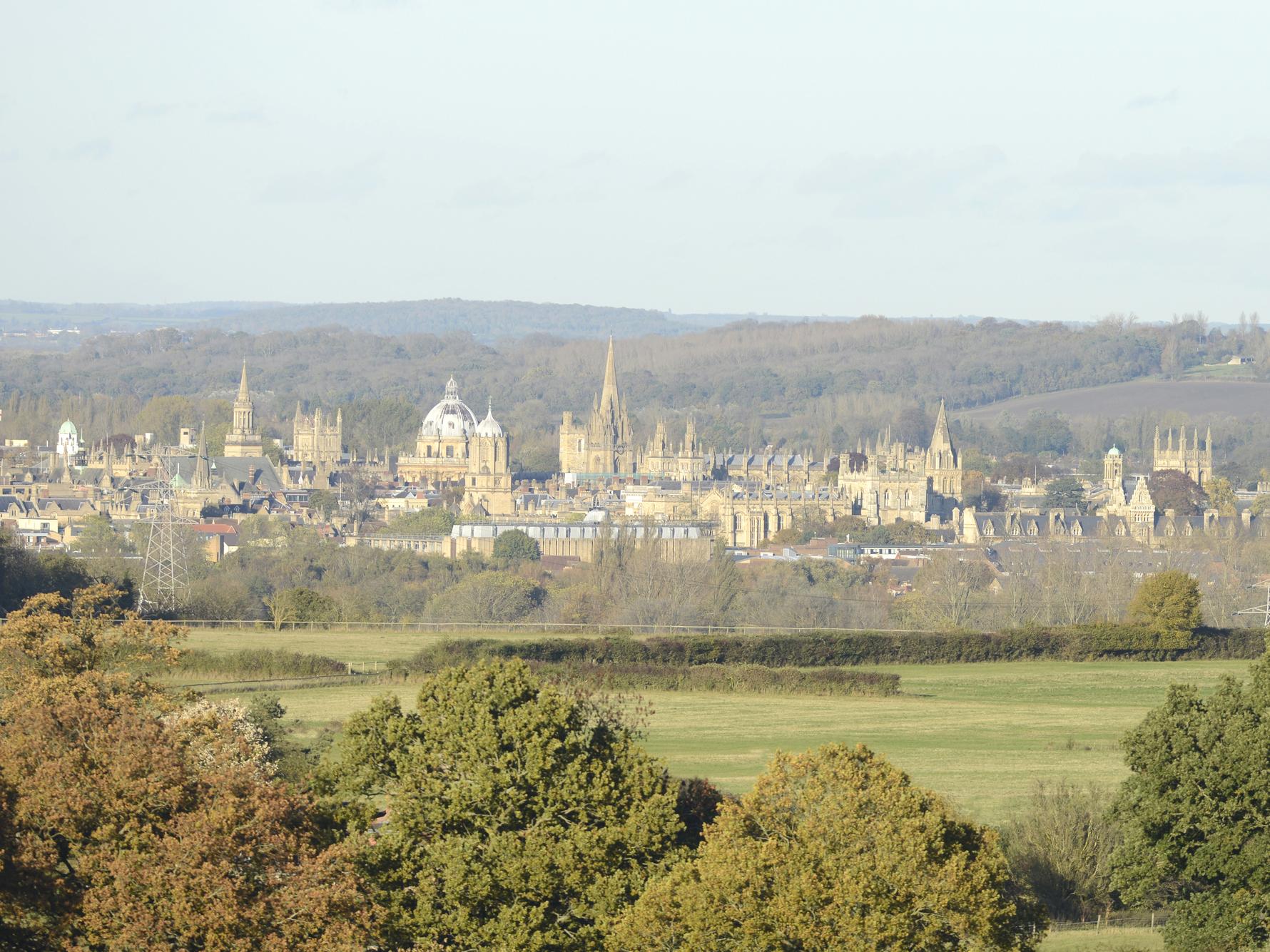Oxford-Cambridge housing development will destroy area of countryside size of Birmingham, campaigners warn
'If given the green light, this development will change the face of England’s countryside forever'

Your support helps us to tell the story
From reproductive rights to climate change to Big Tech, The Independent is on the ground when the story is developing. Whether it's investigating the financials of Elon Musk's pro-Trump PAC or producing our latest documentary, 'The A Word', which shines a light on the American women fighting for reproductive rights, we know how important it is to parse out the facts from the messaging.
At such a critical moment in US history, we need reporters on the ground. Your donation allows us to keep sending journalists to speak to both sides of the story.
The Independent is trusted by Americans across the entire political spectrum. And unlike many other quality news outlets, we choose not to lock Americans out of our reporting and analysis with paywalls. We believe quality journalism should be available to everyone, paid for by those who can afford it.
Your support makes all the difference.Plans to construct one million new homes in the south of England as part of a major new development have come under fire due to the potential destruction of vast swathes of countryside.
The houses in the proposed “Oxford-Cambridge Arc” would be largely built on land set aside for farming or woodland, according to the Campaign to Protect Rural England (CPRE).
In total, the group estimates an area the size of Birmingham would have to be cleared to make way for the new development.
The government announced plans for a new expressway connecting the cities in September.
Nicknamed the “brain belt”, the route linking the two renowned university towns has been heralded by the road minister, Jesse Norman, as enhancing “both transport connectivity and growth across the region for the benefit of the UK as a whole”.
However, it has faced bitter opposition from local activists who fear the destruction of local environments, as well as an uptick in air pollution and impact on communities.
As part of this project, the National Infrastructure Commission (NIC) has recommended that one million new houses must be built in the area by 2050 in order to help “boost economic growth”. The entire county of Oxfordshire currently has just 285,000 homes.
CPRE said with current capacity for around 50,000 houses on previously developed land in the region, 27,000 hectares of countryside will have to be converted for the remaining buildings.
There are 230,000 homes currently planned or under construction in the Arc, meaning an increase of 330 per cent would be required to achieve the new target.
Responding to CPRE’s analysis, the NIC said their proposal came with the clear condition that the region’s natural environment and its green belt protections would not be compromised.
The housing and communities secretary, James Brokenshire, said “building the homes our country needs does not mean tearing up vast tracts of our countryside”.
The government is due to respond to the recommendations on Monday. Campaigners say they are alarmed that the proposal appears to be going ahead despite the lack of a formal public consultation, environmental assessment or parliamentary enquiry.
“If given the green light, this development will change the face of England’s countryside forever. Yet no formal assessment of the environmental impact it will have has taken place,” said Paul Miner, head of strategic plans and devolution at CPRE.
“Despite costing at least £5.5bn in public money, there has been no formal public consultation around developing the Arc. The lack of debate equates to a major, and troubling, democratic deficit at the heart of the proposals.”
Green MEP for the South East, Keith Taylor, said the study revealed “the terrifying extent of the impact of the Oxford-Cambridge Arc”, and questioned the legality of pushing ahead without consulting with local communities.
“It clearer than ever that the project is a monumental disaster and act of environmental sabotage,” he said.
Responding to the claims, an NIC spokesman said: “Our recommendations come with the clear condition that new schemes should not compromise the high-quality natural environment for existing and future residents, and do not need to involve any changes to existing Green Belt protections.
“In fact, our report made clear the need for significant investment in landscape improvements, affordable housing and sustainable transport. These changes are vital to make the most of the area’s economic potential and the contribution it makes to the wider UK economy.”
CPRE has called for a full assessment to be conducted that looks at the impact on people’s health and wellbeing as well as environmental impacts including climate change.
Instead of investing in the new expressway, the group called for investment in improved public transport in the region alongside a commitment to building “genuinely affordable homes”.
The government is aiming to build 300,000 new homes each year in England to meet demand, and experts have warned of significant backlogs.
Mr Brokenshire said: “The Oxford-Cambridge Arc is an opportunity to further strengthen rural economies, enhance the environment and benefit local communities.
“Our new planning rulebook strengthens protections for the Green Belt and we have sets out our ambition to ensure housing projects are more environmentally friendly.”
Join our commenting forum
Join thought-provoking conversations, follow other Independent readers and see their replies
Comments